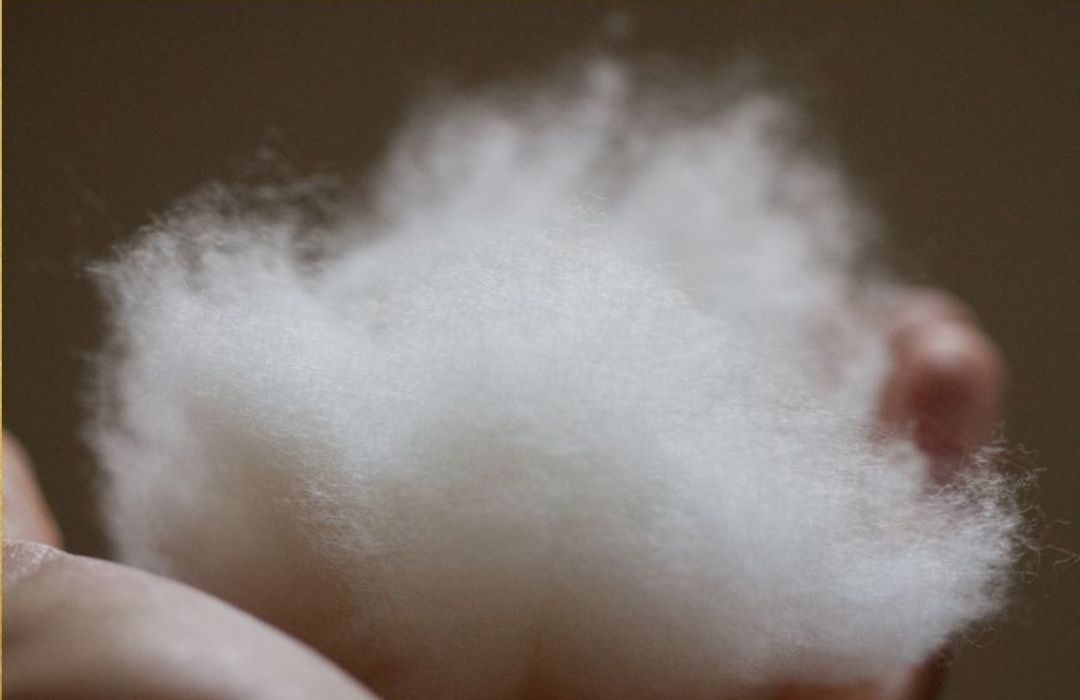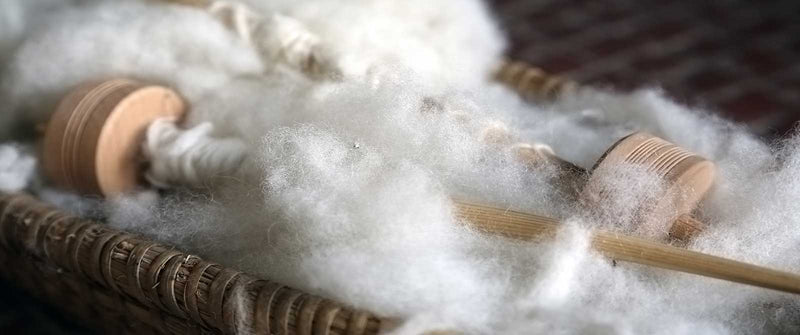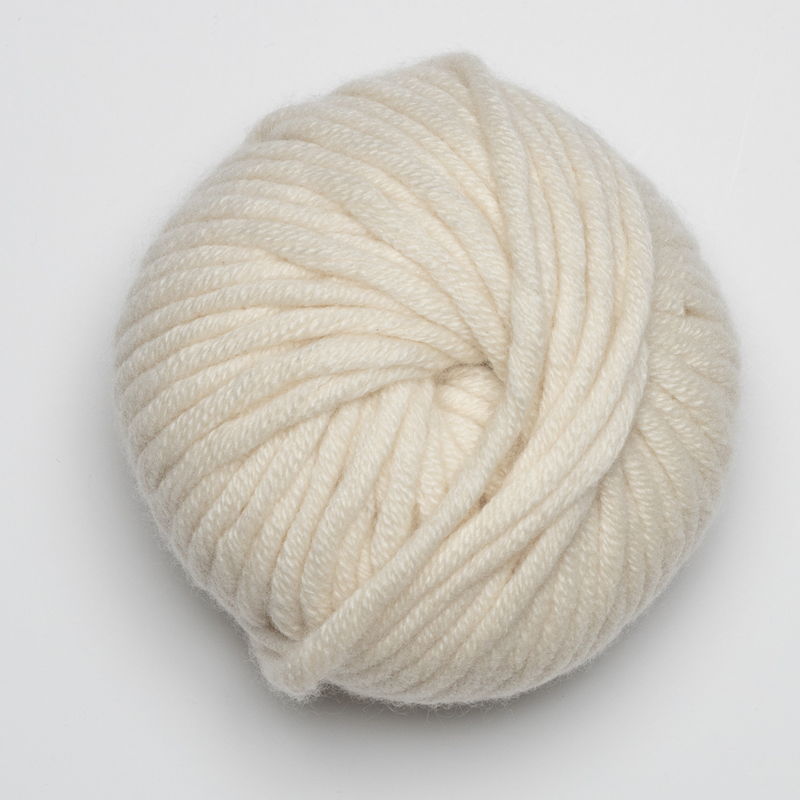Is Cashmere a Natural Fiber? Exploring Its Natural Origins and Uses
Is Cashmere a Natural Fiber? Exploring Its Natural Origins and Uses
Blog Article
Factors You Have To Need Cashmere an All-natural Fiber for Comfort and Beauty in Everyday Put On
In the realm of fabrics, few fibers match the deluxe and convenience of cashmere. This distinct product, understood for its superior gentleness and insulation, provides unparalleled convenience and style for everyday wear. What sets it apart from various other fibers? How does it affect the setting and how does it contrast to artificial choices? Exactly how can one best utilize cashmere to raise their style? These fascinating questions lay the foundation for an enlightening exploration into the globe of cashmere.
Understanding the Extravagant Nature of Cashmere

Assessing the Comfort Element of Cashmere Clothes
Cashmere's one-of-a-kind fiber structure permits for breathability, regulating temperature and protecting against overheating. Cashmere's hypoallergenic buildings likewise contribute to its comfort, making it an excellent choice for sensitive skin. In significance, the comfort of cashmere is obtained from its soft qualities, breathability, resilience, hypoallergenic nature, and convenience.

The Ecological Impact and Sustainability of Cashmere
While the comfort and sophistication of cashmere are undoubtedly appealing, it's similarly vital to consider its connection helpful resources with the atmosphere. Cashmere production, mostly in Mongolia and China, entails elevating cashmere goats, which can significantly strain fragile grassland ecosystems due to overgrazing. This can result in desertification, a pressing environmental issue. Additionally, the handling of cashmere, including coloring and washing, can also contribute to water pollution otherwise effectively taken care of. However, initiatives are being made to develop lasting cashmere production approaches, such as rotational grazing and cleaner processing techniques. While cashmere has ecological impacts, its sustainability largely depends on manufacturing techniques.
Contrasting Cashmere to Synthetic Fibers: A Cost-Benefit Evaluation
Regardless of its ecological challenges, cashmere offers an one-of-a-kind collection of advantages over artificial fibers. On the cost side, cashmere is undeniably extra costly as a result of its labor-intensive production procedure. Yet, the benefits make it worth the financial investment. Cashmere's natural fibers offer unparalleled gentleness and heat, converting into convenience that artificial fibers battle to match. Cashmere pieces are extremely durable, appealing durability that offsets first expenses over time. Unlike synthetic fibers, cashmere doesn't add to microplastic contamination, making it a more lasting selection. In contrast, synthetic fibers, while cheaper upfront, supply less convenience, have much shorter have a peek here life expectancies and present ecological problems. Hence, when assessing cost-benefit, cashmere's superior qualities make it a worthwhile financial investment for everyday wear.
Styling Tips With Cashmere for Everyday Elegance
Having considered the cost-benefit analysis of cashmere compared to synthetic fibers, it becomes clear why this lavish material is a favored choice for numerous. When styling cashmere for day-to-day elegance, simplicity is vital. Eventually, the integral beauty of cashmere makes it a flexible enhancement to any closet, easily boosting day-to-day attire with official statement a touch of high-end.

Verdict
In enhancement, cashmere's sustainability and lower environmental influence compared to artificial fibers further enhance its charm. Spending in cashmere garments is a beneficial choice for convenience, style, and sustainability.

Report this page